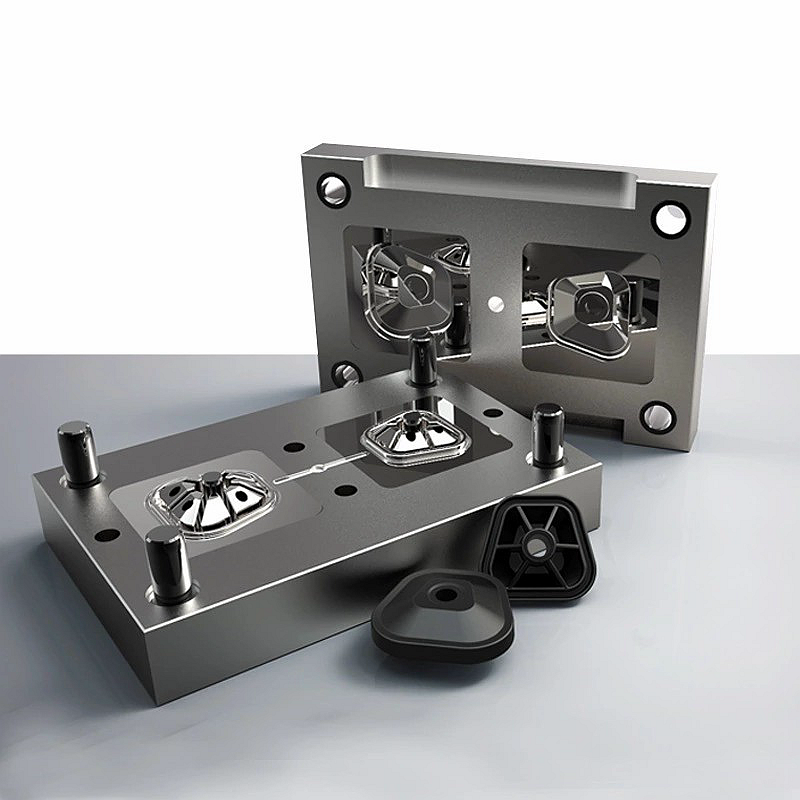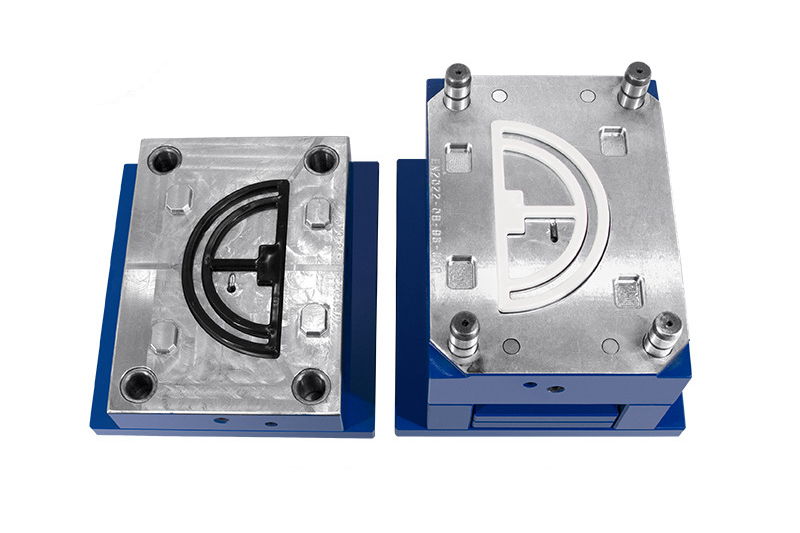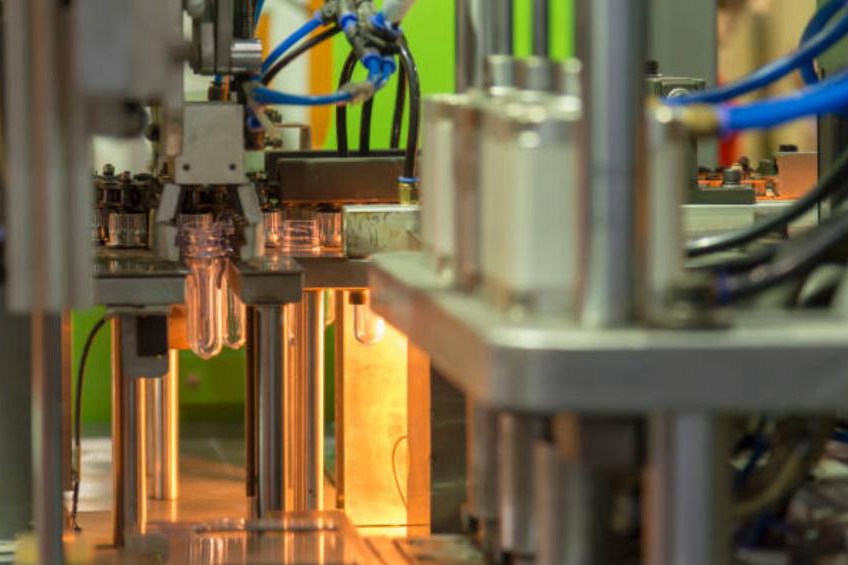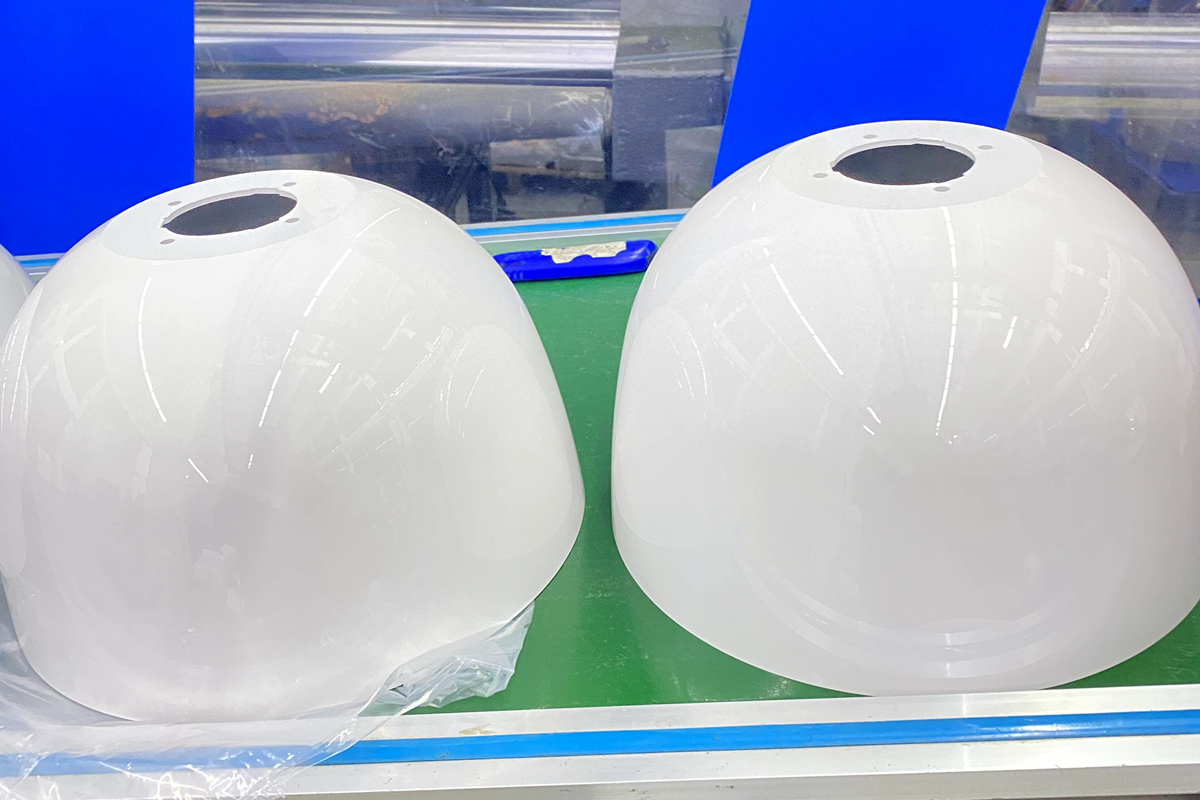Common Problems And Solutions In Plastic Injection Molding Production
Plastic injection molding is a cornerstone of modern manufacturing, and it is used widely to produce everything from automotive components to consumer electronics with precision and efficiency. This complex process, however, has its challenges. Understanding common problems during production is crucial for optimizing output quality and efficiency.
Injection molding involves melting plastic pellets and injecting them under high pressure into a mold where the material cools and solidifies into the final product. While seemingly straightforward, the process encompasses intricate interplays between material properties, mold design, machine settings, and environmental conditions. Any imbalance in these factors can lead to defects, increased waste, and production downtime.
In this blog post, we delve into the most frequent issues encountered in plastic injection molding production. We explore problems related to materials, mold design, process parameters, machinery, human factors, and external environmental conditions. More importantly, we will provide practical solutions to these problems, helping manufacturers enhance their operations and maintain high-quality standards.
Material-Related Issues
In plastic injection molding, the choice and treatment of materials play a pivotal role in the quality of the finished products. Several issues can arise from the materials used, impacting the molding process and the overall product outcome. Here, we address two common material-related problems: material degradation and moisture in resin, providing practical solutions for each.
Problem: Material Degradation
Causes: Material degradation occurs when plastics are exposed to excessive heat for too long during molding. It can lead to a breakdown of the polymer chains, reducing the final product's strength and performance.
Solutions: To prevent material degradation, optimizing the processing temperatures and minimizing the residence time of the plastic in the barrel is essential. Using thermal stabilizers can also be beneficial. Ensuring that the material is not overheated beyond its thermal stability is crucial. Regular checks and calibrations of temperature controls on the injection molding machine help maintain optimal conditions.
Problem: Moisture in Resin
Causes: Most thermoplastic resins are hygroscopic, meaning they absorb moisture from the air. Suppose the resin is not adequately dried before processing. In that case, the moisture can vaporize during molding, leading to splay (silver streaks) and polymer degradation.
Solutions: Properly drying the resin before use is critical to preventing moisture-related defects. Utilizing dedicated industrial drying equipment that can achieve and maintain the correct temperature and humidity levels is critical. It's also advisable to store materials in moisture-resistant containers to reduce humidity absorption during storage. Implementing a rigorous material handling protocol will ensure that resins are always at optimal conditions for processing.
Addressing these material-related issues improves the quality of the molded parts. It enhances the efficiency and reliability of the injection molding process. By understanding and controlling the factors that affect materials, manufacturers can significantly reduce the incidence of defects and rework, leading to better performance and reduced costs.
Mold Design Problems
The mold design used in injection molding significantly influences the quality of the final product. An optimal mold design ensures uniform cooling and material flow, reducing the risk of defects. However, certain design shortcomings can lead to persistent issues during production. Here, we explore two prevalent mold design problems, inadequate venting and mold wear and tear, and solutions to address these issues effectively.
Problem: Inadequate Venting
Causes: Inadequate venting in the mold design can lead to trapped air as the molten plastic fills the mold cavity. This trapped air can cause various defects, such as burns, voids, and incomplete filling, compromising the parts' structural integrity and aesthetic quality.
Solutions: To resolve issues related to inadequate venting, it is crucial to redesign the mold to include proper venting channels at strategic locations. These vents should be placed at the ends of the flow path and in other areas where air is likely to be trapped. The vents must be precisely sized to allow air to escape without letting the molten plastic seep out. Adjusting the injection speed to allow air more time to escape can also be beneficial.
Problem: Mold Wear and Tear
Causes: Frequent use and high-volume production cycles can lead to mold wear and tear, especially in molds not built from high-grade steel or those subjected to highly abrasive materials and aggressive molding conditions. Wear can result in dimensional inaccuracies, unscheduled repair downtime, and increased operational costs.
Solutions: Regular maintenance is essential to prolong the life of the mold and ensure consistent product quality. It includes routine inspections for wear and prompt repairs or replacements of worn components. Choosing a suitable mold material based on the expected production volume and the abrasive nature of the plastic can also mitigate wear issues. Applying a protective coating to the mold surfaces can reduce wear and extend the mold's lifespan.
Addressing these mold design issues requires a detailed understanding of mold mechanics and the injection molding process. By ensuring that molds are well-designed, adequately vented, and regularly maintained, manufacturers can avoid many common production problems, resulting in smoother operations and higher-quality products.
Process Parameter Adjustments
The precision of process parameters in plastic injection molding dramatically influences the quality of the finished product. Incorrect settings can lead to various defects, affecting the parts' appearance, structural integrity, and functionality. This section discusses the common issues related to process parameter adjustments, explicitly focusing on warping and sink marks, and outlines practical solutions to mitigate these problems.
Problem: Warping
Causes: Warping occurs when different parts of a molded piece cool and solidify at uneven rates, leading to internal stresses that deform the part. It is often caused by non-uniform cooling, improper material selection, or incorrect processing parameters such as temperature and injection speed.
Solutions: To prevent warping, ensure uniform cooling throughout the part by optimizing the mold design to include adequate cooling channels. Adjusting the mold temperature and cooling time can also help maintain a consistent cooling rate. Using materials with low shrinkage rates and adjusting the holding pressure and cooling time are crucial strategies. Additionally, it's beneficial to simulate the injection molding process using advanced software to predict and mitigate potential warping issues before manufacturing begins.
Problem: Sink Marks
Causes: Sink marks are small, indented spots on the surfaces of molded parts, typically at thicker sections where the outer shell hardens before the inside has thoroughly cooled and shrunk. These defects are aesthetically displeasing and can affect the part's mechanical properties.
Solutions: To address sink marks, consider adjusting the holding pressure and holding time to allow the material in thicker areas more time to pack and solidify uniformly. Redesigning the mold to achieve uniform wall thickness can also reduce the occurrence of sink marks. Another practical approach is optimizing the mold's cooling system to ensure even cooling and minimize differential shrinkage across the part.
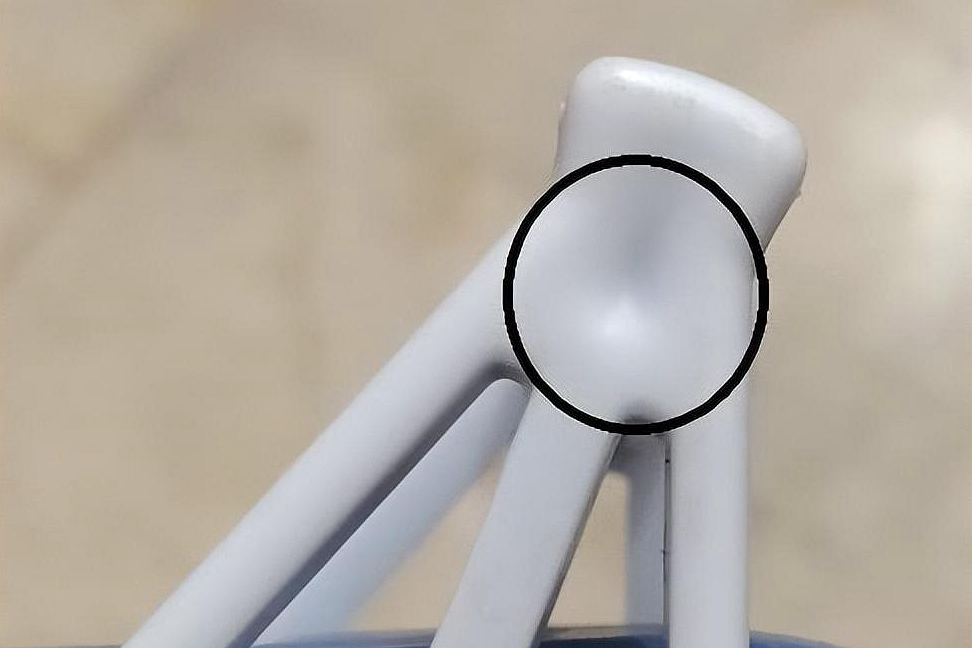
Optimizing Process Parameters:
Ensuring that the injection speed, back pressure, and melt temperature are correctly set for the type of plastic used is crucial. Each material has specific requirements that can lead to defects if not adhered to.
Regularly reviewing and adjusting the parameters based on real-time observations and quality checks can prevent many issues and improve the stability of the production process.
Machine-Specific Issues
While materials and mold design play critical roles in the quality of injection molded parts, the performance and maintenance of the injection molding machines themselves are just as pivotal. Machine-specific issues can significantly impede production efficiency and compromise product quality. This section covers common problems related to injection molding machines, including inconsistent shot sizes and machine wear, and offers solutions.
Problem: Inconsistent Shot Sizes
Causes: Inconsistent shot sizes can occur due to a malfunctioning injection unit, wear in the check valve, or fluctuations in the machine's hydraulic system. These inconsistencies lead to variability in the amount of plastic injected into the mold, resulting in parts that must meet quality standards.
Solutions: Regular maintenance and calibration of the injection molding machine are essential to ensure consistent shot sizes. It includes checking and replacing worn check valves, ensuring the hydraulic system functions correctly, and regularly calibrating the machine to adhere to precise injection specifications. Advanced sensors and control systems can also help monitor the shot size and make real-time adjustments to maintain consistency.
Problem: Machine Wear
Causes: Continuous operation under high stress, especially with abrasive materials, can lead to premature wear of machine components. This wear can affect the machine's ability to perform optimally, leading to downtime and increased maintenance costs.
Solutions: To combat machine wear, implement a preventative maintenance schedule that includes regular inspections and replacing worn parts before they fail. Utilizing higher-quality, wear-resistant materials for machine components, especially those frequently exposed to high stress, can extend the lifespan of these parts. Additionally, operating the machine within the recommended parameters and avoiding excessive cycles can reduce wear.
Enhancing Machine Performance:
Upgrading to machines with more precise control systems can improve consistency and reduce the likelihood of errors. Modern machines with servo-driven technology offer better control over injection speed and pressure, which is crucial for producing high-quality parts.
Training machine operators to understand the subtleties of the equipment and how to respond to signs of wear or malfunction can also help maintain machine health and product quality.
Human Factor Challenges
In the highly technical world of plastic injection molding, the human element plays a critical role in ensuring smooth operations and high-quality outputs. Despite the advancements in automation and machine intelligence, human oversight is indispensable. This section explores common human factor challenges in injection molding and outlines strategies to mitigate these issues effectively.
Problem: Operator Error
Causes: Operator errors can stem from insufficient training, misunderstanding machine functions, or incorrect setting adjustments. These mistakes can lead to many production issues, from minor defects in parts to significant machine downtime.
Solutions: The most effective way to reduce operator errors is through comprehensive and ongoing training programs. Operators should be thoroughly educated on the specifics of the machines they work with, including how to set and adjust process parameters properly and respond to machine alerts. Regular refresher courses and simulations help maintain high levels of competency. Additionally, creating a user-friendly interface and clear operational documentation can significantly reduce the likelihood of errors.
Problem: Misinterpretation of Specifications
Causes: Misinterpretations occur when there is unclear communication between design teams and the production floor or when the specifications are complex and poorly explained.
Solutions: To prevent misinterpretation, ensure all communication is clear and documentation is detailed and easy to understand. Regular meetings between designers, engineers, and operators can clarify any ambiguities. Implementing a standardized protocol for documenting and communicating specifications can minimize misunderstandings and ensure everyone is on the same page.
Enhancing Human-Machine Interaction:
Invest in technologies that enhance the interface between the operator and the machinery. Advanced systems that provide real-time feedback and guided troubleshooting can help operators make more informed decisions and reduce the rate of human error.
Foster a culture of safety and precision on the production floor. Encourage team members to double-check their work and consult with colleagues when unsure. Recognizing and rewarding meticulousness and problem-solving can motivate employees to perform better.
Addressing Stress and Fatigue:
Recognize that long hours and repetitive tasks can lead to fatigue, which increases the risk of errors. Manage work schedules to allow for adequate breaks and consider ergonomic improvements to the workspace to enhance comfort and alertness.
External Environmental Factors
The external environment in which plastic injection molding operations are conducted can significantly influence the final product's process and quality. Variables such as temperature, humidity, and even dust can affect how materials are handled, how machines operate, and how products cure and solidify. This section addresses these environmental factors and offers solutions to mitigate their impact on the injection molding process.
Problem: Fluctuating Ambient
External Environmental Factors
The external environment in which plastic injection molding operations are conducted can significantly influence the final product's process and quality. Variables such as temperature, humidity, and even dust can affect how materials are handled, how machines operate, and how products cure and solidify. This section addresses these environmental factors and offers solutions to mitigate their impact on the injection molding process.
Problem: Fluctuating Ambient Conditions
Causes: Changes in ambient temperature and humidity can lead to inconsistencies in how plastic materials process, how they fill the mold, and their cooling rates. For instance, high humidity can introduce unwanted moisture into the resin, causing defects like splay or bubbles in the final product. At the same time, extreme temperatures can affect the viscosity of the plastics, impacting flow and cooling times.
Solutions: Controlling the manufacturing environment is crucial to maintaining consistent quality in injection molding. Installing climate control systems such as air conditioners, dehumidifiers, and heaters can help stabilize the ambient conditions. It's essential to regularly monitor and adjust these systems to ensure they are effective throughout the year, particularly in regions experiencing significant seasonal changes.
Problem: Air Quality Issues
Causes: Dust and other airborne contaminants can settle in the machine's components, particularly in the mold, leading to surface defects in the molded parts and potential damage to the mold itself.
Solutions: Maintaining clean room conditions where injection molding occurs can significantly reduce the risk of contamination. Using high-efficiency particulate air (HEPA) filters, regular cleaning schedules, and proper sealing of production areas can keep the environment free from dust and particulates. Implementing proper storage solutions for raw materials to prevent exposure to contaminants is also essential.
Problem: Static Electricity
Causes: Static electricity can accumulate due to various environmental factors, leading to improper filling or material sticking to the mold.
Solutions: Installing static eliminators and ensuring the production area has adequate humidity levels can help manage static electricity. Regular grounding of equipment and conducting floors can also prevent static buildup.
Strategic Environmental Adjustments:
Conducting regular environmental audits to assess potential risks and implementing corrective measures promptly can save considerable time and expense by preventing defects.
Training staff to recognize the signs of environmental impact on production processes can enable quicker adjustments and troubleshooting, reducing downtime and scrap rates.
Quality Control and Testing
Quality control and testing are crucial components of the plastic injection molding process, ensuring that each part meets established standards and specifications before it reaches the customer. Effective quality control helps identify and investigate the production cycle and enhances product reliability and customer satisfaction. This section outlines strategies to strengthen quality control and testing in plastic injection molding operations.
Implementing Rigorous Testing Protocols
Strategy: Develop and implement comprehensive testing protocols encompassing all manufacturing process stages—from raw material inspection to post-molding testing. It includes dimensional checks, physical stress tests, and aesthetic inspections to ensure that every aspect of the product meets quality standards.
Tools: For color accuracy, utilize advanced testing equipment such as coordinate measuring machines (CMM), tensile testing machines, and spectrophotometers. These tools help in providing quantitative data that supports quality assurance processes.
Early Detection of Defects
Strategy: Integrate real-time monitoring systems into the injection molding machines to detect abnormalities in the process parameters that could lead to defects. This proactive approach allows immediate adjustments and reduces the potential for large batches of defective products.
Tools: Employ sensors and vision systems to monitor the injection molding cycle. These systems can detect issues such as short shots, burns, or flashes during molding, triggering alerts for immediate intervention.
Statistical Process Control (SPC)
Strategy: Implement Statistical Process Control (SPC) to monitor and control the quality during the injection molding. SPC uses statistical methods to identify and control manufacturing process variability, which helps maintain consistent quality and reduce scrap rates.
Tools: Software tools that facilitate SPC can analyze data collected from the production floor and provide insights into process stability and performance. These insights can guide adjustments in process parameters to maintain quality standards.
Regular Audits and Feedback Loops
Strategy: Schedule regular audits of the manufacturing process and the final products to ensure continuous adherence to quality standards. Incorporating feedback from these audits into the production process can significantly improve product quality.
Tools: Checklists and audit software can streamline the audit process, ensuring that every component and process step is reviewed systematically. Feedback collection tools and systems can help gather insights from the production floor and facilitate effective team communication.
Training and Development
Strategy: Invest in ongoing training and development programs for staff to enhance their skills in quality control and awareness of quality standards. Well-trained employees are more likely to catch defects and understand the importance of maintaining high-quality work.
Tools: Workshops, seminars, and on-the-job training sessions effectively keep the team updated on the latest quality control techniques and technologies.
Case Studies
This section explores real-world examples that illustrate the effective resolution of common problems encountered in plastic injection molding. These case studies provide insights into practical solutions implemented by various industries to overcome challenges, enhance product quality, and improve operational efficiency.
Case Study 1: Automotive Component Manufacturer
Challenge: Experiencing warping in large, flat automotive parts.
Solution: Neway optimized the cooling system within the molds and adjusted the processing parameters, such as mold temperature and injection speed. Additionally, they implemented CAE software to simulate the injection process and identify potential warping issues before they occurred.
Outcome: The changes significantly reduced warping, improved part conformity with quality standards, and reduced scrap rates.
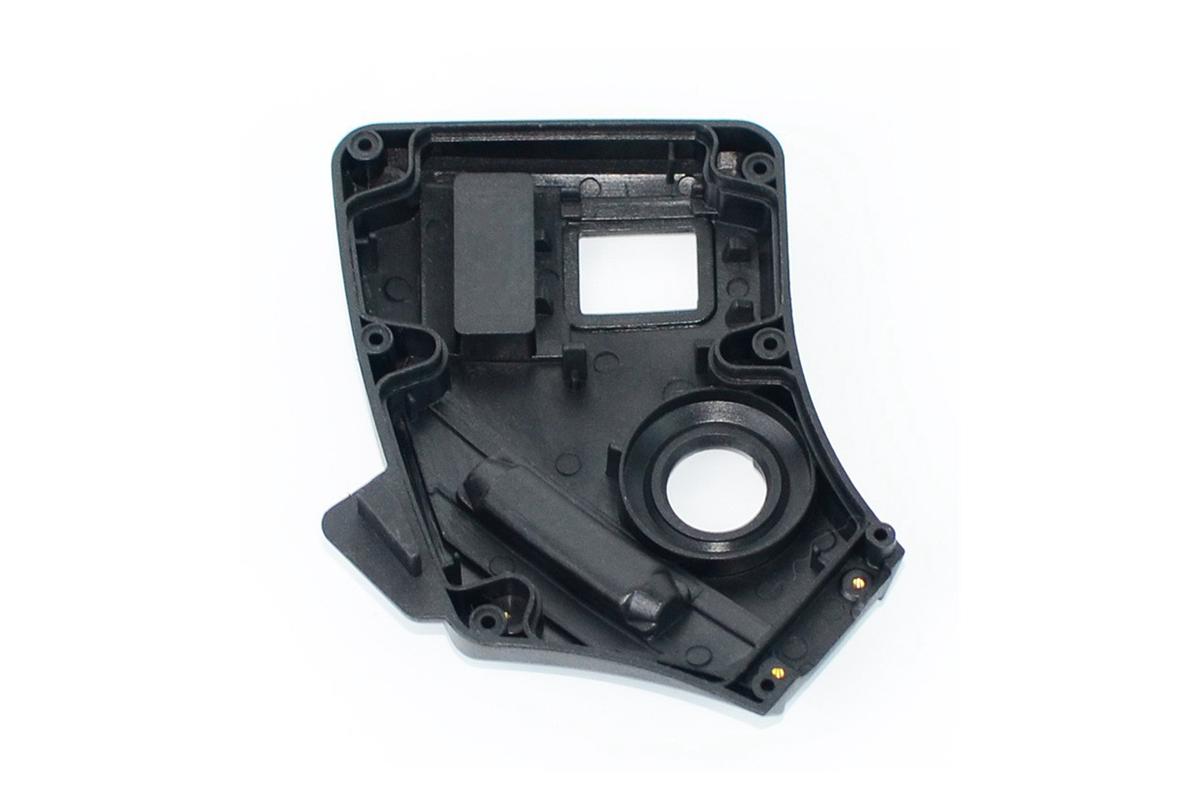
Case Study 2: Medical Device Producer
Challenge: Repeated occurrences of material degradation during the production of high-precision medical devices.
Solution: Neway switched to a higher-grade resin with better thermal stability and revised their material pre-treatment process to include longer drying times.
Outcome: These adjustments improved the material's stability during injection, reducing degradation and ensuring the integrity of the medical devices.
Case Study 3: Consumer Electronics Manufacturer
Challenge: High defect rates in plastic enclosures for electronic devices due to inconsistent shot sizes.
Solution: Neway implemented real-time monitoring systems to control the injection process more precisely and replaced worn parts in the injection unit.
Outcome: This led to more consistent shot sizes, reducing variability in the production process and decreasing the defect rate.
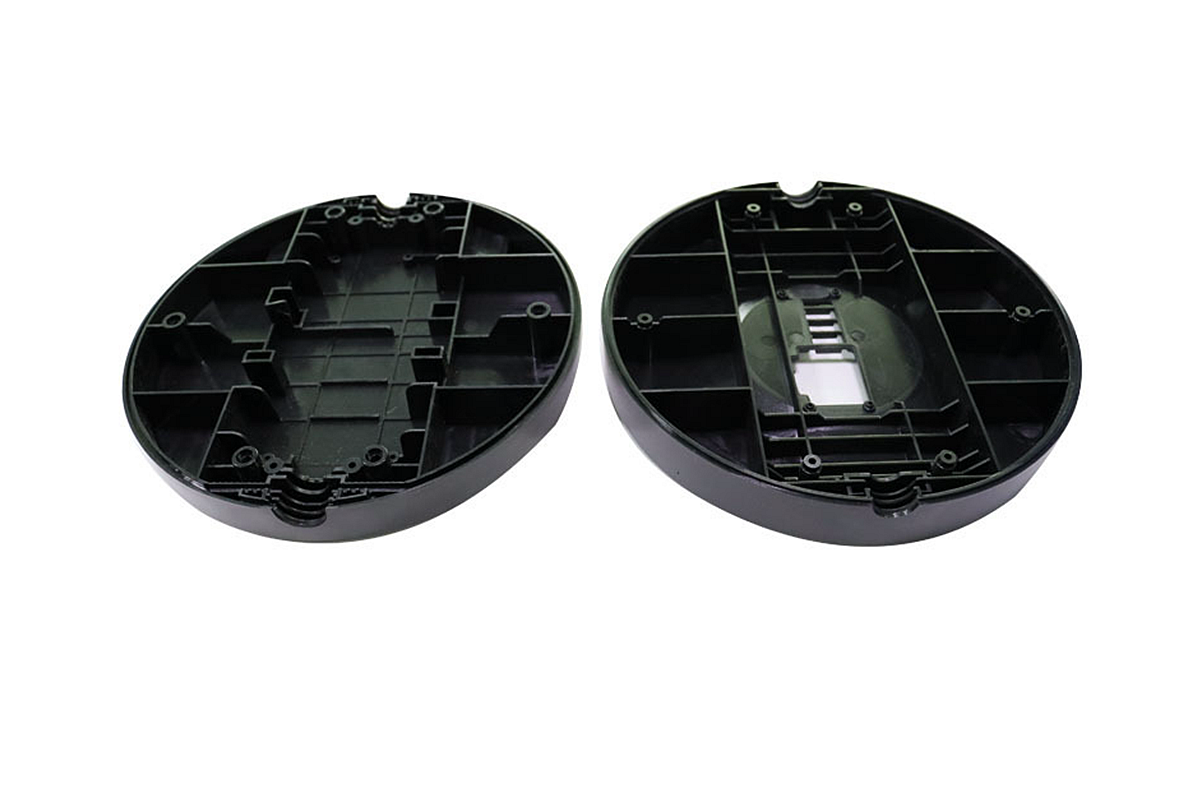
As we have explored throughout this blog, addressing common problems in plastic injection molding requires a comprehensive approach that includes understanding materials, mold design, machine operation, and process parameters. Each section of this blog provides actionable insights and solutions that can be applied to enhance production efficiency and product quality.
Maintaining a proactive stance on quality control, continuous monitoring, and adopting technological advancements are crucial to overcoming the challenges faced in the plastic injection molding industry. By implementing the strategies discussed, manufacturers can consistently produce high-quality, reliable products, increasing customer satisfaction and maintaining a competitive edge in the market.
What We Can Do In Plastic Injection Molding
We invite our readers to share their experiences and challenges in plastic injection molding. Engage with us in the comments section below or contact us for consultation on specific issues you face in your production processes. Together, let's continue to push the boundaries of what's possible in plastic injection molding by sharing knowledge and solutions.
Neway offers a variety of injection molding process options, including:
1. Plastic Injection Molding Service
4. Multi-Shot Injection Molding Service
And various standard and custom materials for injection molding, including:
